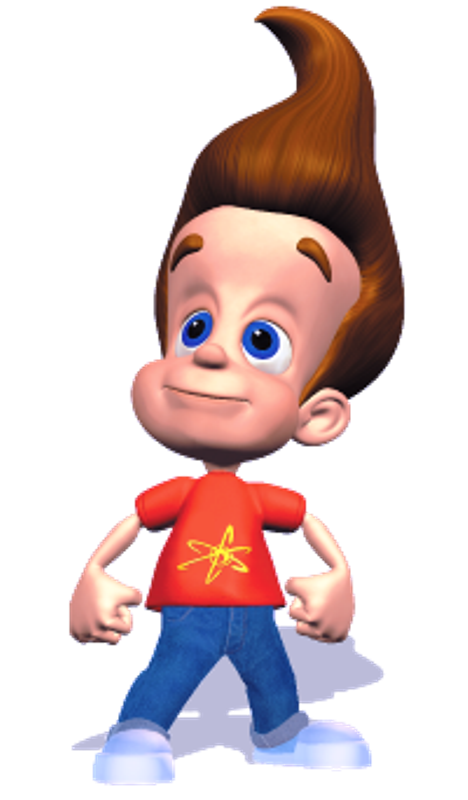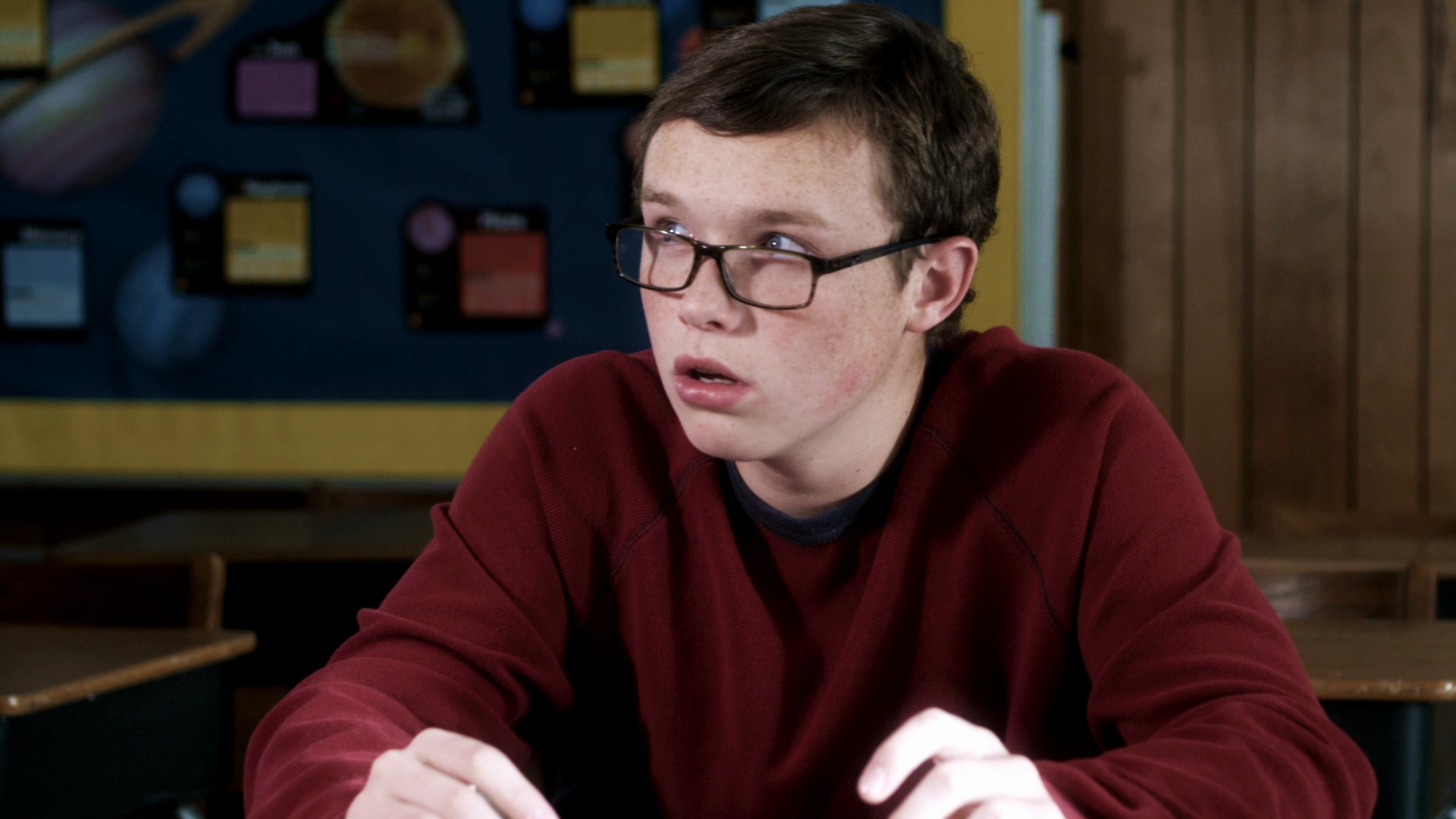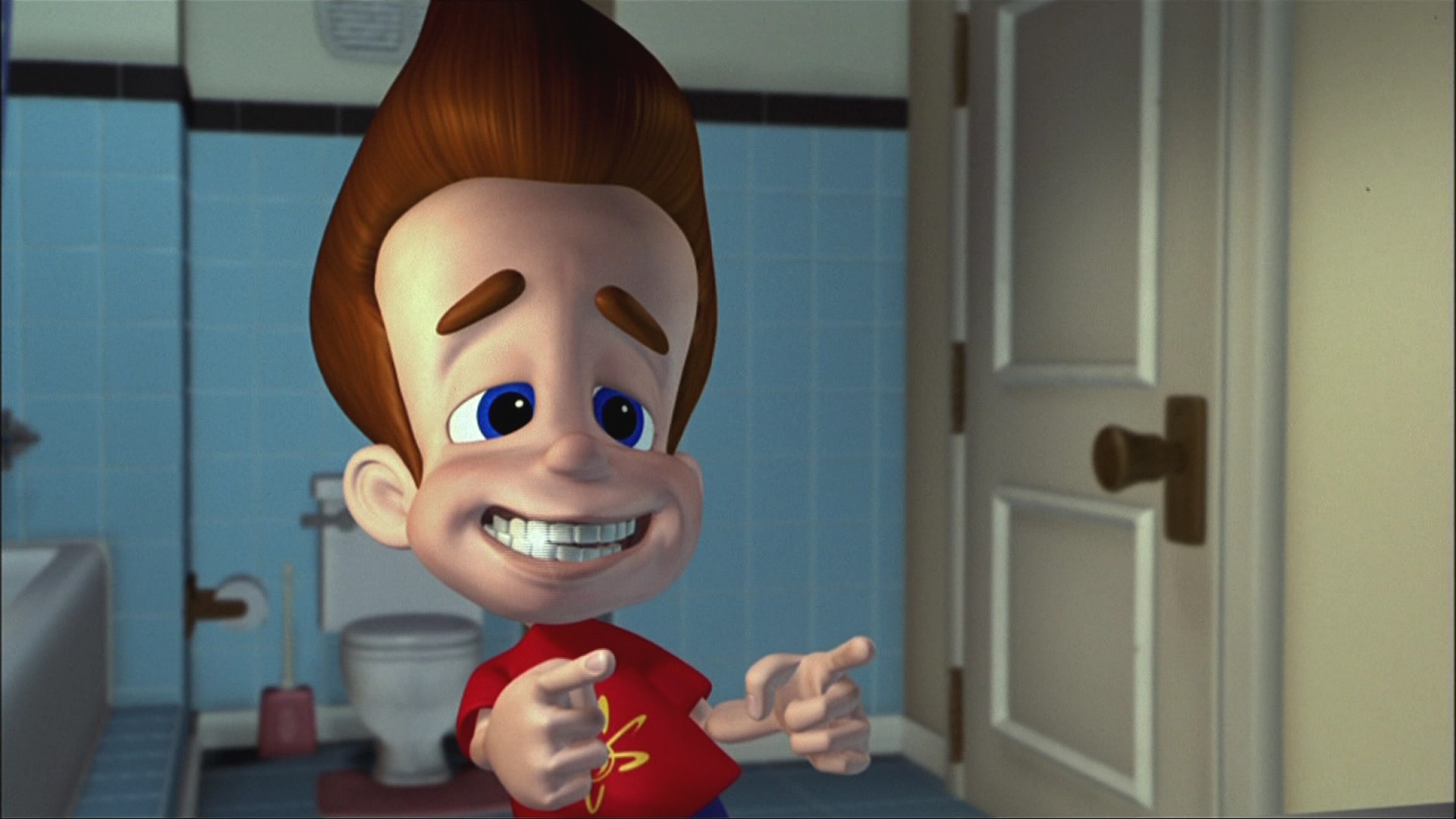Jimmy Rave House Of Rising Sun - A Look Back
For those who keep up with the world of professional wrestling, or maybe even just a little bit of music history, the name Jimmy Rave might bring to mind a particular tune, a rather well-known folk song, you know, "House of the Rising Sun."
It's a pairing that, in some respects, truly captures a certain feeling, a kind of atmosphere that surrounded this individual's career, and also, the very soundscape he chose to accompany his presence. This connection, actually, goes a bit deeper than just a simple walk-out song.
We're going to take a closer look at the threads connecting this athlete, his musical choices, and the various moments where these two distinct elements came together, forming a somewhat unique part of his public persona, more or less, giving fans something quite memorable to think about.
Table of Contents
- The Life and Times of Jimmy Rave
- What's the Story Behind "House of the Rising Sun" and Jimmy Rave?
- How Did Jimmy Rave's Music Choices Shape His Presence?
- What Other Connections Does "House of the Rising Sun" Have to Jimmy Rave?
The Life and Times of Jimmy Rave
When we think about professional wrestling, we often remember the big names, the champions, the ones who always seemed to win. But there's a whole other group of performers who play a really important part, the ones who help make others look good, the so-called "jobbers." Jimmy Rave, in a way, gained a reputation as one of the most notable of these performers during the 2000s, earning the description "the greatest jobber of the 2000s." This particular description, you know, speaks to his dedication and skill in helping to create compelling matches, even when the outcome wasn't in his favor. He was, actually, a consistent presence in many different wrestling groups, always ready to put on a show for the fans.
His career saw him stepping into the ring with a wide variety of opponents, truly showing his adaptability. For example, the text mentions him wrestling twice during a period when Danielson's fifteen-month reign came to an end, suggesting he was right there in the thick of things during significant moments in wrestling history. This kind of participation, you know, highlights his role as a dependable performer who was often a part of important story lines, even if he wasn't always at the very top of the card. He was, in a way, a constant fixture, someone you could count on to deliver a solid performance, every time he stepped through those ropes.
He was also part of various pairings and groups, working with other wrestlers to create interesting match-ups. We hear about combinations like Azrieal and Monsta Mack, or Icarus, Tony Deppen, and Travis Huckabee, and also Prince Nana and Sal, all sharing the squared circle with Jimmy Rave. These team-ups, in some respects, show the breadth of his career and the many different people he worked alongside. He was, basically, a well-traveled individual in the wrestling world, making appearances for various groups and promotions, which is quite a feat for any performer.
Personal Details and Early Career for Jimmy Rave
To get a better picture of the person behind the wrestling persona, it's helpful to look at some personal details. Jimmy Rave's real name was James Michael Guffey. He was born on December 8th, 1982, in Atlanta, Georgia, which is in the United States. His nationality, you know, was American. These basic facts give us a little more insight into the individual who became known for his wrestling abilities and his particular choice of entrance music. Knowing a bit about his background, in a way, helps to round out the picture of this performer.
| Detail | Information |
|---|---|
| Preferred Name | Jimmy Rave |
| Real Name | James Michael Guffey |
| Date of Birth | December 8, 1982 |
| Place of Birth | Atlanta, Georgia, United States |
| Nationality | American |
His career also saw him participate in events for various independent wrestling groups. For instance, he was a part of CZW Best of the Best 18 on April 13th, 2019, where he was listed alongside Darius Lockhart and Joey Lynch. He also appeared at CZW Dojo Wars Supershow 18 on March 15th, 2019. These mentions, you know, just highlight his continued presence in the wrestling scene over the years. He was, apparently, quite active, consistently showing up at these kinds of events, which speaks to his dedication to the craft.
Beyond these specific appearances, there's also a mention of him on VSplanet.net, which is described as a very large website about wrestling in Russia. This site, you know, provides things like live broadcasts of pay-per-view events from WWE, along with current news about wrestling and show results. The fact that Jimmy Rave is featured on such a site, in some respects, shows the reach of his reputation, extending to audiences far from his home country. It really points to his recognition across the globe, which is pretty cool, honestly.
What's the Story Behind "House of the Rising Sun" and Jimmy Rave?
The song "House of the Rising Sun" is a traditional folk ballad, a piece of music with a long history, you know, passed down through generations. Its lyrics often tell a story about a person whose life has taken a turn for the worse, often set in New Orleans. The different versions of the song, apparently, use various story lines, but they all share this common theme of a life heading in a difficult direction. It's a rather somber tune, really, with a melancholic feel that, in a way, resonates with listeners because of its portrayal of hardship and regret.
One particular set of lyrics from the song is mentioned: "In the house of the rising sun well, i got one foot on the platform, The other foot on the train, I'm goin' back to new orleans, To wear that ball and chain well, there is a house in new orleans." These lines, you know, paint a very clear picture of someone at a crossroads, about to return to a place associated with trouble or misfortune. The idea of a "ball and chain" really brings home the feeling of being trapped or burdened by past choices. It's a powerful image, honestly, that speaks to a sense of being caught in a cycle, perhaps, of difficult circumstances.
The text also points out that the Villa Convento, a Creole townhouse built around 1833, is rumored to be the actual "House of the Rising Sun" mentioned in the song. This building, apparently, has quite a history, adding a tangible connection to the story told in the music. So, too, this specific location in New Orleans gives a sense of place to the narrative, making the song's themes feel even more grounded in reality. It's quite interesting, really, to think about a real place inspiring such a widely known piece of music.
The Song's Roots and its Link to Jimmy Rave's Persona
The most famous version of "House of the Rising Sun" was a big hit for The Animals, a British band, though the text mentions it as the first hit single by The Kinks, which is a bit of a different take on its history. Regardless of who had the very first hit, the song itself, you know, has a very distinct sound and a strong emotional impact. Its themes of a difficult life and a return to a challenging past could, in some respects, resonate with a wrestling persona, perhaps one who is often facing uphill battles in the ring. It's almost as if the song could serve as a backdrop to a character who is constantly fighting against the odds, or, you know, dealing with the consequences of their actions.
The choice of this particular song for a wrestler like Jimmy Rave, honestly, adds a layer of depth to his public image. It's not just any piece of music; it carries a certain weight, a story of struggle and hard times. This kind of musical accompaniment, you know, can really help to define a performer's character, giving the audience a feeling for what they are about. It's a very clever way, in a way, to use music to tell a part of the story, even before the wrestler says a single word or makes a single move.
The combination of "House of the Rising Sun" with the "Born Into Darkness" intro by The Animals, as mentioned in the text, suggests a very specific mood for his entrance. This particular pairing, you know, creates an atmosphere that is both dramatic and a little bit haunting. It sets the stage for a performer who might be seen as having a darker edge, or someone who has, perhaps, come from a challenging background. This kind of musical choice, you know, is really important for setting the tone for a wrestler's appearance, making a lasting impression on the crowd.
How Did Jimmy Rave's Music Choices Shape His Presence?
A wrestler's entrance music is a pretty big deal, you know. It's the first thing the audience hears, and it really helps to set the mood for who that person is going to be in the ring. For Jimmy Rave, the choice of "House of the Rising Sun" with that "Born Into Darkness" intro, as mentioned, was quite a distinct one. This isn't just a generic rock song; it's a piece of music with a very specific, almost narrative quality to it. It tends to be a song that tells a story, and by using it, Jimmy Rave was, in a way, telling a part of his own story, or at least the story of his wrestling character, to the people watching.
The text specifically points out that you can "Listen to the greatest jobber of the 2000s, house of the rising sun with born into darkness intro (the animals) and more from jimmy rave" on platforms like Last.fm. This kind of detail, you know, really shows how closely this music became tied to his identity as a performer. People were not just listening to the song; they were listening to *Jimmy Rave's* version of the song, the one that accompanied his appearances. It's almost as if the music became an extension of his persona, a recognizable part of his overall presentation, making him stand out a little bit more.
The fact that fans might seek out "similar music that you'll enjoy, only at last.fm" after hearing his entrance, actually, suggests that his musical choices had a lasting impact. It wasn't just background noise; it was something that stuck with people, something that made them curious to explore further. This level of engagement, in some respects, is a sign of a really effective entrance theme, one that goes beyond simply getting a reaction and instead creates a deeper connection with the audience. It's quite interesting, really, how a piece of music can do so much for a performer's image.
Exploring the Sounds of Jimmy Rave and the House of Rising Sun
The connection between Jimmy Rave and "House of the Rising Sun" seems to have been a consistent thread throughout parts of his career. The repeated mentions of the song alongside his name, particularly in discussions about his wrestling entrances, really drive this point home. It's not just a casual link; it appears to have been a very deliberate part of how he presented himself to the world of wrestling. This kind of consistency, you know, helps to build a strong brand for a performer, making them easily recognizable to their fans, which is pretty important in that line of work.
The text also touches upon the idea of publishing entrances on DVDs, noting that it can be "rough" to do so now. This suggests that the visual and auditory experience of a wrestler's entrance, including their music, is a really important part of the live show. For someone like Jimmy Rave, whose musical choice was so specific and evocative, being able to share that full experience with a wider audience, you know, would have been quite valuable. It's a way, actually, to preserve the complete picture of his performances, allowing people to remember him exactly as he appeared, music and all.
The mention of "Lyrics, song meanings, videos, full albums & bios" in relation to "House of the Rising Sun" and Jimmy Rave further emphasizes the depth of this connection. It's as if his association with the song prompts a desire to understand its full scope, its story, and its place in music. This kind of curiosity, you know, shows that the pairing was more than just a simple choice; it was something that encouraged people to look deeper, to explore the narrative that the music itself carried. It's a testament, in a way, to the power of a well-chosen theme song.
What Other Connections Does "House of the Rising Sun" Have to Jimmy Rave?
Beyond his personal use of the song, the phrase "House of the Rising Sun" also appears in other contexts related to wrestling events, which is quite interesting. For instance, there's a mention of "AIW House of the Rising Sun Apr 8th 2017." This suggests that the song's title was used for a wrestling show itself, indicating its wider cultural impact and its appeal within the wrestling community. It's almost as if the song's themes or its general feel resonated enough to be adopted as a title for an entire event, which is pretty cool, honestly, and shows how ingrained it is.
The text also brings up other bits of music trivia, like Jimmy Page replacing Eric Clapton in The Yardbirds, or asking who the lead singer of The Who was. While these don't directly relate to Jimmy Rave, their inclusion alongside mentions of "House of the Rising Sun" suggests that the song itself is part of a broader conversation about music history, a kind of general knowledge that people might discuss. It places the song, you know, within a larger context of famous bands and their legacies, even if some of the specific facts might be a little bit mixed up, like the Kinks being credited with the first hit. It's a way, in some respects, of showing the song's widespread recognition.
The recurring idea of the "House of the Rising Sun" as a place where life goes wrong, specifically in New Orleans, is a powerful one. This narrative, you know, runs through the various versions of the folk ballad. The song's themes of struggle and difficult circumstances are pretty universal, which might be why it connects with so many different people, including those in the wrestling world. It's a story that, in a way, speaks to the challenges that many individuals face, making it quite relatable, even for a performer whose battles are often in a wrestling ring.
Beyond the Ring – The Lasting Impact of Jimmy Rave House of Rising Sun
The wrestling community, like any close-knit group, often remembers its own, and the passing of a performer can be a very sad time. The phrase "Rest easy in the house of the rising sun, my dude" suggests a farewell to Jimmy Rave, linking his departure with the imagery of the song that was so much a part of his public identity. This kind of sentiment, you know, shows the deep respect and affection that fans and fellow performers held for him. It's a way, actually, to honor his memory by connecting it to something so recognizable from his career, something that truly defined a part of his persona.



Detail Author:
- Name : Dr. Oliver Jenkins
- Username : jlynch
- Email : aurore48@yahoo.com
- Birthdate : 1984-10-03
- Address : 727 June Dale Apt. 078 Ratkeland, UT 71157
- Phone : 818.514.8025
- Company : Brakus Group
- Job : Oil Service Unit Operator
- Bio : Fugit illum aut ut. Tempora cum omnis laboriosam placeat qui aut magni et. Vero distinctio eum dolores libero cum.
Socials
linkedin:
- url : https://linkedin.com/in/sonya.koelpin
- username : sonya.koelpin
- bio : Sed nobis eaque unde quo debitis inventore.
- followers : 5457
- following : 613
facebook:
- url : https://facebook.com/sonya3939
- username : sonya3939
- bio : Enim excepturi quo non accusantium.
- followers : 697
- following : 2662
tiktok:
- url : https://tiktok.com/@sonya.koelpin
- username : sonya.koelpin
- bio : Ex ipsum occaecati omnis aliquam qui quas dolores.
- followers : 2723
- following : 1300
twitter:
- url : https://twitter.com/sonyakoelpin
- username : sonyakoelpin
- bio : Aut dolore porro blanditiis eaque velit voluptas. Quia est eos a explicabo cumque eius quaerat labore. Dignissimos a corrupti cum molestiae molestiae.
- followers : 4980
- following : 1452
instagram:
- url : https://instagram.com/koelpins
- username : koelpins
- bio : In dolor dolorem ut architecto placeat debitis. Fugiat esse et iste.
- followers : 5822
- following : 1849